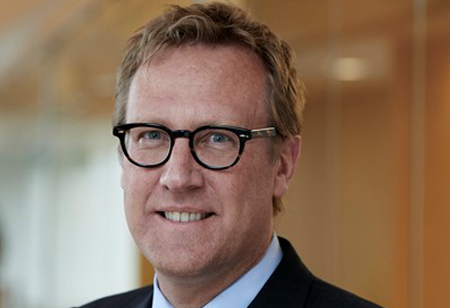
Actis is a London-based infrastructure investor that plans to double its capital in India to almost $4 billion within the next three to four years, reflecting its optimism in the country's infrastructure growth story.
The firm has already invested more than $2 billion to date and has been considering India as one of the best markets in the world for infrastructure investment, across all types of infrastructure, and not just energy, renewables, roads, transport, and digital infrastructure.
Torbjorn Caesar, Chairman of Actis, told that “India offers a deep and vibrant market that delivers better exits. We invest here not out of necessity, but because it is one of the best places globally to deploy capital today.”
Also Read: What It Takes to Deliver Large-Scale Infrastructure Projects On Time
Despite global uncertainties, including US-China tensions and shifting trade dynamics, Caesar believes India remains stable and resilient. “Infrastructure is local, built and consumed domestically, driven by demographics and urbanisation, not geopolitics. India still needs power, roads, and renewables to fuel growth,” he noted, adding that rising global risks make India even more appealing.
Actis has been a long-term player in India's infrastructure landscape and plans to diversify into digital infrastructure, which it considers a mix of long-term infrastructure operational investments and capital gain strategies. Actis competitors in the global market like Blackstone and KKR are viewed less as threats and more of a sign of the market reaching maturity.
In addition, Actis will apply that expertise and relationships when it begins as a subsidiary of General Atlantic, that takes place in 2024, to add expertise from their energy, climate tech, and AI infrastructure capabilities to scale sustainable solutions. Caesar stated that growing energy needs driven by AI, electric vehicles, and urbanisation create massive formulated opportunities for growth in renewable power.
We use cookies to ensure you get the best experience on our website. Read more...